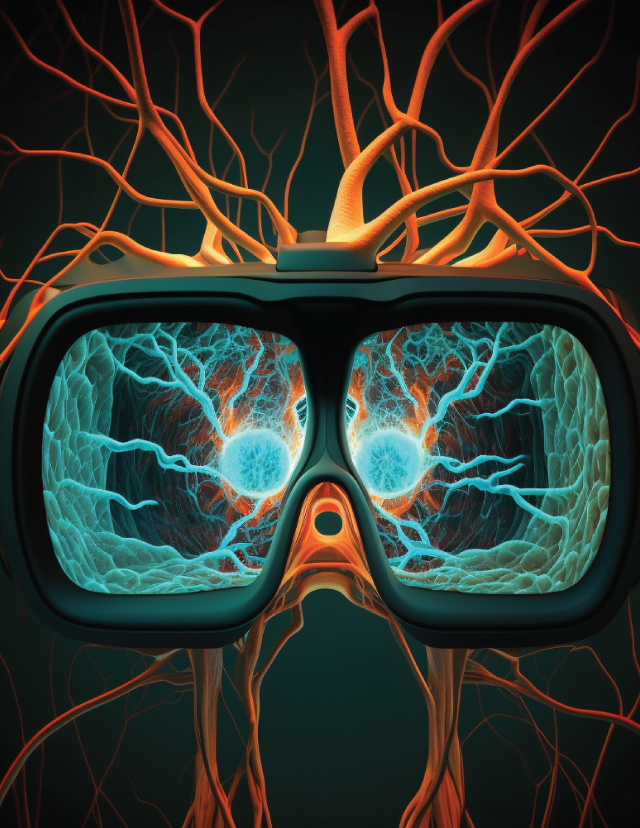
Integrated Stress Response
The integrated stress response (ISR) is an evolutionarily conserved intracellular signaling network that helps the cell properly respond to stressors such as viral infection, toxic compounds, nutrient deprivation, and more. A longstanding problem in understanding how cells communicate stress signals has been the lack of a method to control and precisely activate the stress response of a single cell without affecting its neighbors. Our lab recently overcame this hurdle through the development of an optogenetic tool that allows us to virtually activate the stress response with light. Thus, we are able to induce the stress response in single cells to uncover the underlying mechanisms of the ISR. We are investigating how this pathway functions to make decisions that cells use to respond to stress. Is this stress communicated to its neighbors? What effects does the ISR have on the extracellular matrix, and how does this affect diseases such as cystic fibrosis?
Highlighted Publications
Optogenetic control of the integrated stress response reveals proportional encoding and the stress memory landscape. Taivan Batjargal, Francesca Zappa, Ryan J. Grant, Robert A. Piscopio, Alex, Chialastri, Siddharth S. Dey, Diego Acosta-Alvear, and Maxwell Z. Wilson. Cell Systems. (Download PDF)
Triggered Functional Dynamics of AsLOV2 by Time-Resolved Electron Paramagnetic Resonance at High Magnetic Fields. Shiny Maity, Brad D. Price, Blake C. Wilson, Arnab Mukherjee, Matthieu Starck, David Parker, Maxwell Z. Wilson, Janet E. Lovett, Songi Han, and Mark S. Sherwin. Angewandte Chemie. (Download PDF)
Optogenetic control of the integrated stress response reveals proportional encoding and the stress memory landscape. Taivan Batjargal, Francesca Zappa, Ryan J Grant, Robert A Piscopio, Alex Chialastri, Siddharth S Dey, Diego Acosta-Alvear, Maxwell Z Wilson. Preprint in bioRxiv. (Download PDF)
Signaling by the integrated stress response kinase PKR is fine-tuned by dynamic clustering. Francesca Zappa, Nerea L. Muniozguren, Maxwell Z. Wilson, Michael S. Costello, Jose Carlos Ponce-Rojas, Diego Acosta-Alvear. Journal of Cell Biology.(Download PDF)